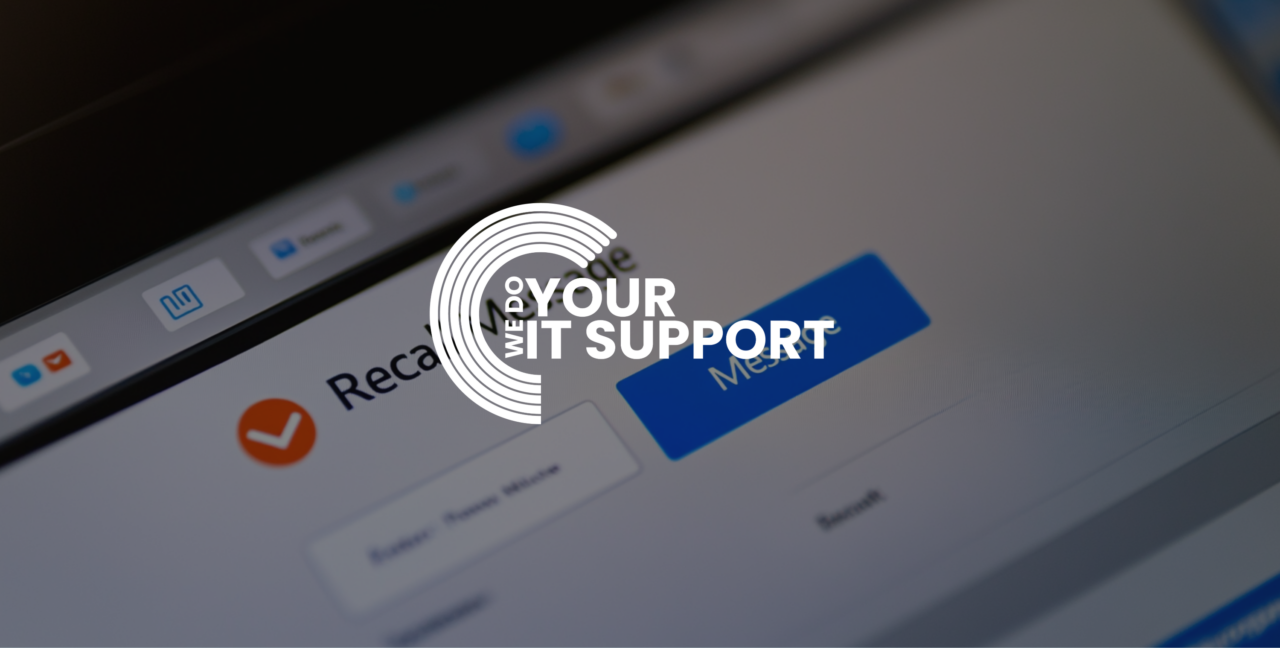

With Macs getting a huge boost in popularity over the pandemic and a new report showing Mac shipments growing almost twice as fast as the PC market as a whole in 2021, we look at why more businesses are embracing Macs and also what challenges Macs can bring.
Digital transformation in many businesses was dramatically accelerated by the need to work remotely, which has now become hybrid working. With this came a surge of device buying. It appeared to be the case that Apple products became more popular than ever among businesses and individuals. For example, Apple finished 2020 with its most profitable quarter ever, and Apple’s sales of laptops and phones rose to a record-breaking £65bn in the first quarter of 2021 (revenue up 54 per cent in the same period of 2020). Although this was driven partly by the effects of staying at and working from home, plus a surge in demand in China, IDC reported that Macs reached a 23 per cent share in US enterprises, showing that businesses are now more likely to be choosing Macs.
That said, it should be noted that some of the other drivers for the growth in Mac sales last year included the launch of the Apple iPhone 12, the publicity about and the launch of the M1 Pro and M1 Max MacBook Pro models (October 2021), and surge in demand in China at the end of 2021.
The business computer market has always been (and still is) dominated by PCs (almost half are PCs). Operating system figures confirm the gulf between PCs and macs, with OS shares for desktop and laptop computers showing Windows as the most used at 75 per cent, followed by Apple’s macOS at 15 per cent. In the smartphone world, Android leads with 72 per cent market share, and Apple’s iOS has 28 per cent.
Older perceptions of the computer market depict Apple Macs as being more suited to (and more the domain of) those in the artistic and creative world, e.g. creative professionals, graphic designers, app developers, web developers, video editors, and audio engineers. This may be because of the more intuitive OS of macs, the aesthetic appeal of the hardware, and Apple’s marketing.
Macs offer a number of strengths to businesses (compared to PCs). These include:
– Assisting with improved productivity and job satisfaction. For example, a Forrester report (2021) showed that employees using Macs were 20 per cent more likely to stay with their companies.
– Macs are generally thought to offer a more positive user experience than PCs due to their intuitive OS, and perhaps an enhanced feeling of security and the feeling that Macs are more of a luxury/high-end tool (feeling more valued by the company being given Macs to use).
– Despite having a reputation for being much more expensive, Macs have a lower total cost of ownership (TCO) when taking into account factors like increased productivity, fewer support calls, and greater job satisfaction.
– The build quality of Macs is high, and they are reliable and durable. This can save repair and business disruption costs.
– Macs are seamlessly compatible with other Apple devices used by employees, e.g. Apple phones. This can help with productivity and minimise disruptions and problems.
– Macs tend to be more secure than PCs because the macOS is based on Unix, which is challenging to exploit, given Apple has full control over the hardware and software. This means that Apple can very quickly implement new security features and patches. Better security is especially important to businesses today and can help with compliance and protect against costly and potentially disastrous breaches.
Macs, however, also have challenges that businesses need to consider. These include:
– A degree of uncertainty about when security updates will be released, thereby making it more difficult to plan. Also, responsibility for when security updates are installed is in the hands of the user (rather than the admin). While this sounds convenient, workers can forget or put off updates. This could have an impact on security and productivity. Also, an update could destroy unsaved work, thereby wasting resources.
– Uncertainty about how long updates for a different version of the OS will be produced and uncertainty about what will be supported (apps and services) by older versions.
– The added costs and complexity of businesses having to manage Macs and PCs together.
– The incompatibility of proprietary business software with macOS.
– Complexity with licenses – a Windows license application might not apply to the Mac version.
– The added cost of needing an Apple technician to repair or upgrade a Mac.
– Fewer hardware configuration options compared to PCs.
– Many apps and tools for Macs (antivirus) may not be as robust as their PC counterparts, though, of course, this could be mooted either way.
More Macs in business may bring benefits such as security (arguably) and a better user experience, but it can mean that IT admins will have a different workload. It also means the need to re-evaluate traditional IT operations and figure out ways to accommodate new devices (no more ‘one-size-fits all’), re-consider usability, productivity and device management strategies, and find ways to effectively plan for and deal with the potential weaknesses of Macs, e.g. making sure updates happen, and users install patches. Some admins find that reducing the versions of macOS that are in place can be one way of making support easier and reducing potential security risks. Although having Macs and PCs together can increase IT management complexity, the Mac benefits of security, productivity, lower TCO, and happier users (who stay with the company) do appear to be valued by more and more businesses.
This website uses cookies to improve your experience. Choose what you're happy with.
Required for the site to function and can't be switched off.
Help us improve the website. Turn on if you agree.
Used for ads and personalisation. Turn on if you agree.
This website uses cookies to improve your experience. Choose what you're happy with.
Required for the site to function and can't be switched off.
Help us improve the website. Turn on if you agree.
Used for ads and personalisation. Turn on if you agree.